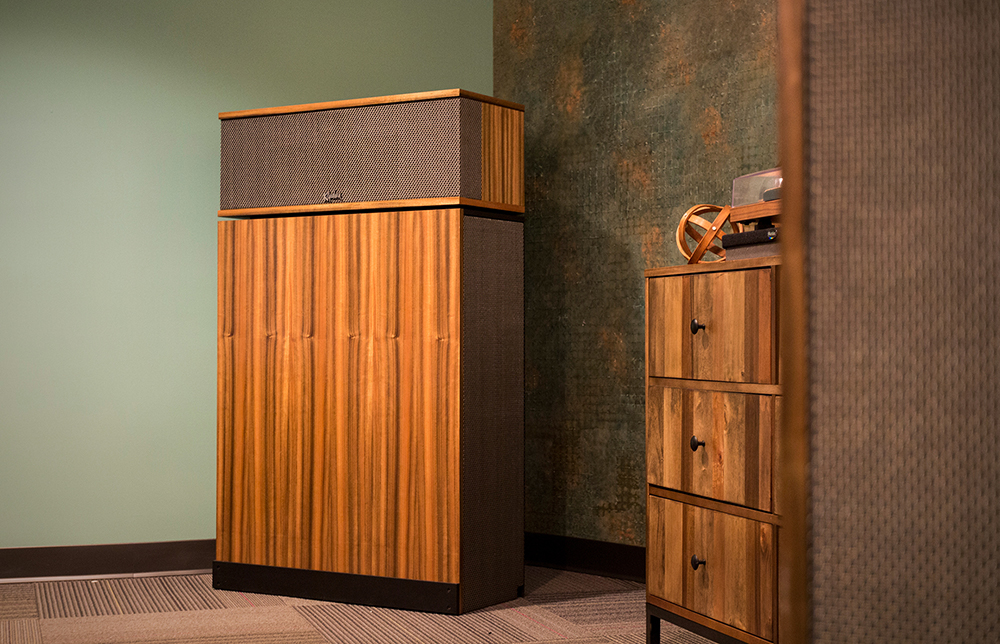In an age where it is all about replacing and updating as quickly as possible, one becomes happy when one sees a product that has been on the market for many years. In that respect, there is no one above and no one next to legendary Klipschorn. The large, corner-shaped speaker model has been produced since 1946, and the version one can buy today is essentially identical to the original.
It was in Hope, Arkansas, that young radio amateur Paul Klipsch worked with his great pride. After ten years of deliberations and design sketches, the first prototype saw the light of day in 1942, while the first production model was ready four years later.
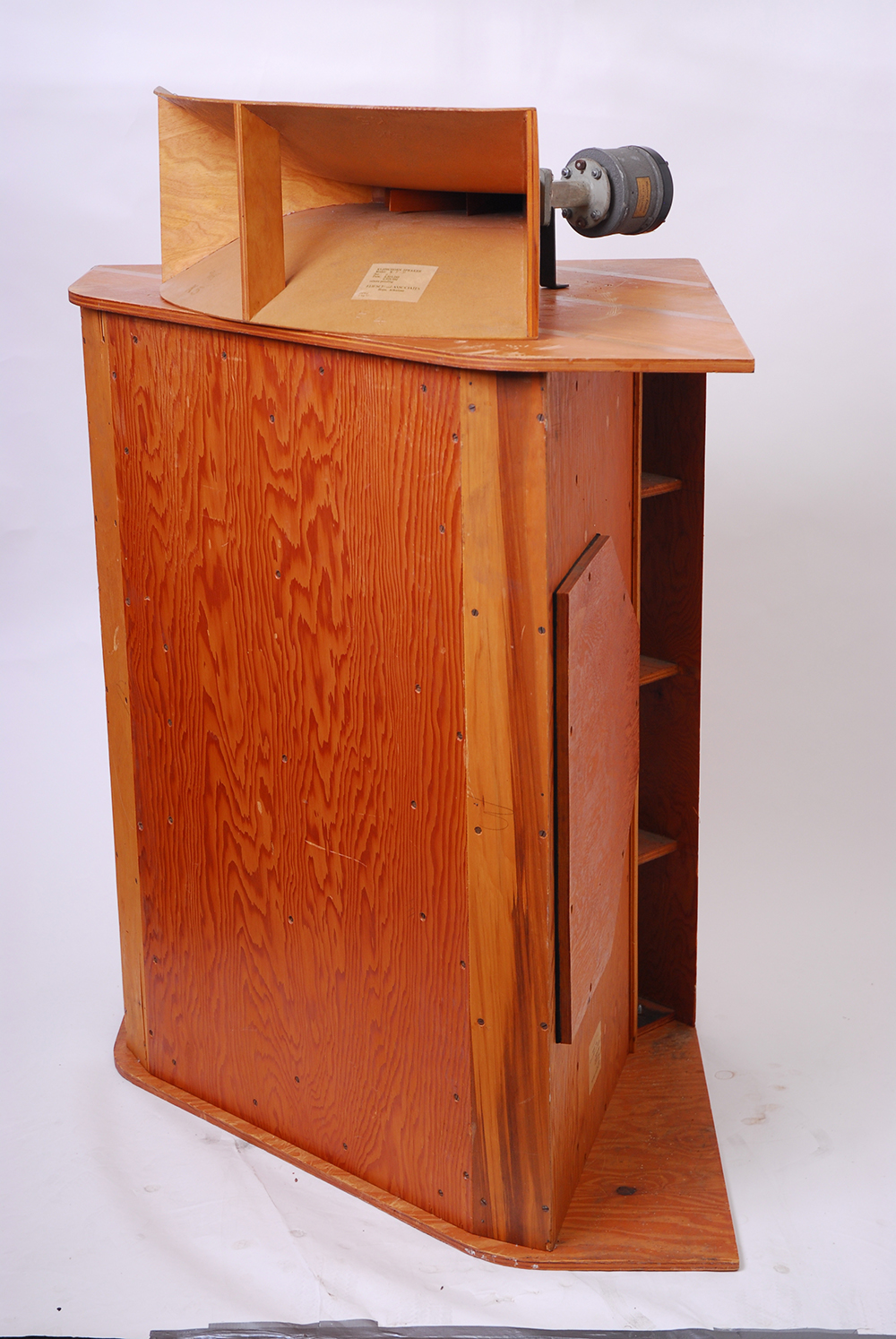
Klipschorn is not and has never been like other speakers. First, it is gigantic with its almost 130 cm in height and 80 cm width. But it is first and foremost the corner design that sets it apart from other constructions.
If you have a symmetrical living room with two opposite walls, it’s really very simple: you just push the speakers all the way into each corner, where they are then angled towards the listening position in the middle. Finished work. No pants and bins with placement in relation to the walls.
A bonus of this location is that you avoid phase problems, where the sound waves that hit the back wall and side walls are reflected forward again and staggered with the other sound waves – with the woolly sound as a result. In corner placement, on the other hand, all sound waves are forced in the same direction, which gives a bass that is tighter than a guard in straight position!
On top of that you get a 6 dB more volume for free: Where you would normally use 100 watts, you only need 25 watts to achieve the same volume when corner placement. Klipschorn is also designed in a way that makes the walls function as an extension of the bass unit’s horn charge, and which also helps with sensitivity and timing in the bass.
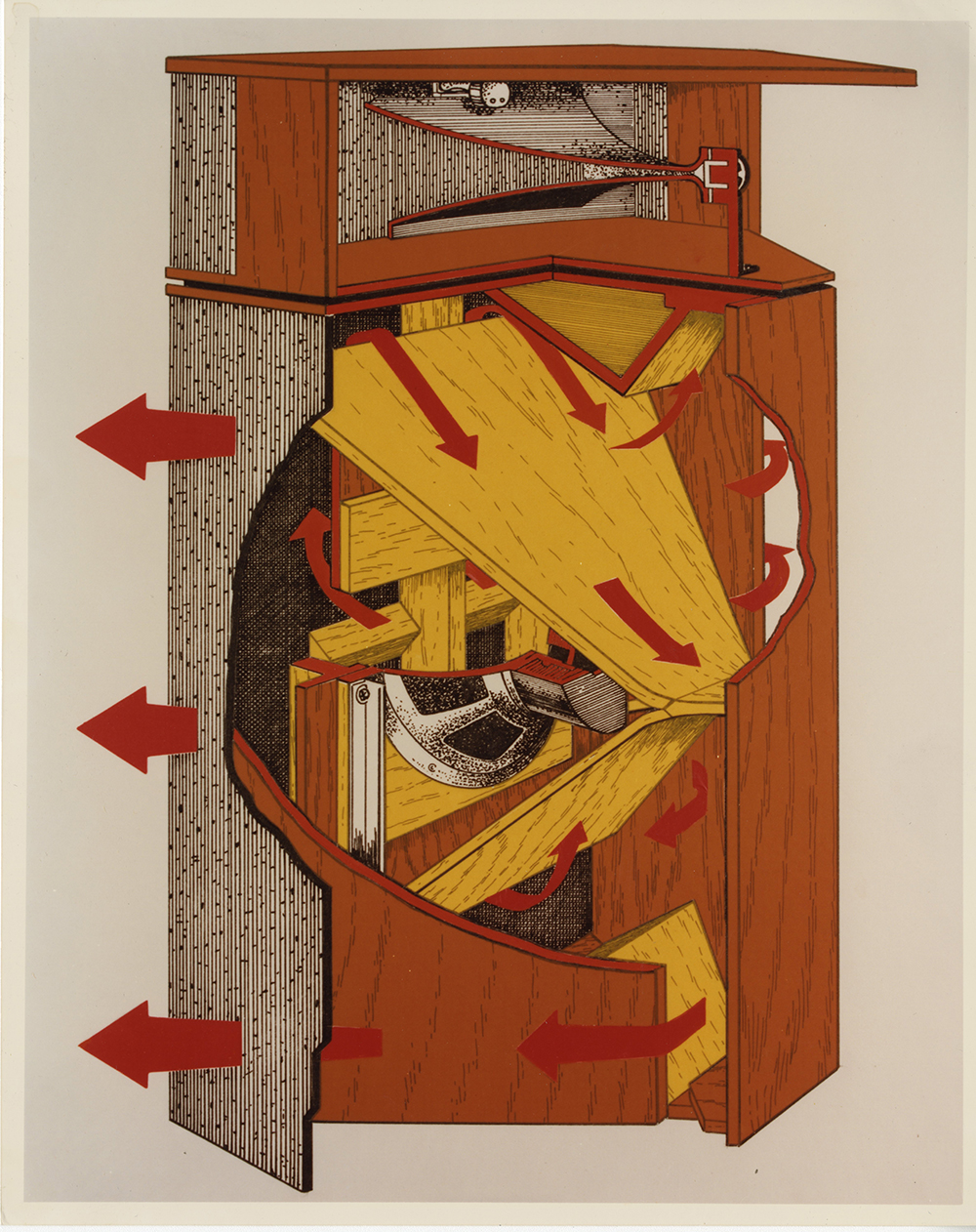
Extreme sensitivity
Klipschorn has an insane sensitivity of as much as 105 dB with a single watt of amplifier power thanks to the extra sensitivity you get by placing the midrange and treble in each acoustic horn.
It was a principle that almost everyone used in the past before the powerful transistor amplifiers came on the market. Since very few amplifiers provided more than 10 watts per channel, you had to manipulate the acoustic properties of the speakers so that you did not need as much power to play loud.
In Klipschorn’s case, you get a full 115 dB with 10 watts, while the speaker can handle painful sound pressures up to 121 dB with just 40 watts.
15 inch of wildness
A capable 15-inch hammers loose to follow up on the bass register, and you can play so loud that the house almost falls apart. But that was basically not the point with the speaker. Instead, the idea was that Klipschorn should play as effortlessly and “live” as possible, regardless of sound level.
Even when playing low, you have to be able to fill the room with a great soundscape and great dynamic contrast, so weak drum whiskers sound just like that – but without drowning in the soundscape – while a brutal fan section stands out in all its brutality.
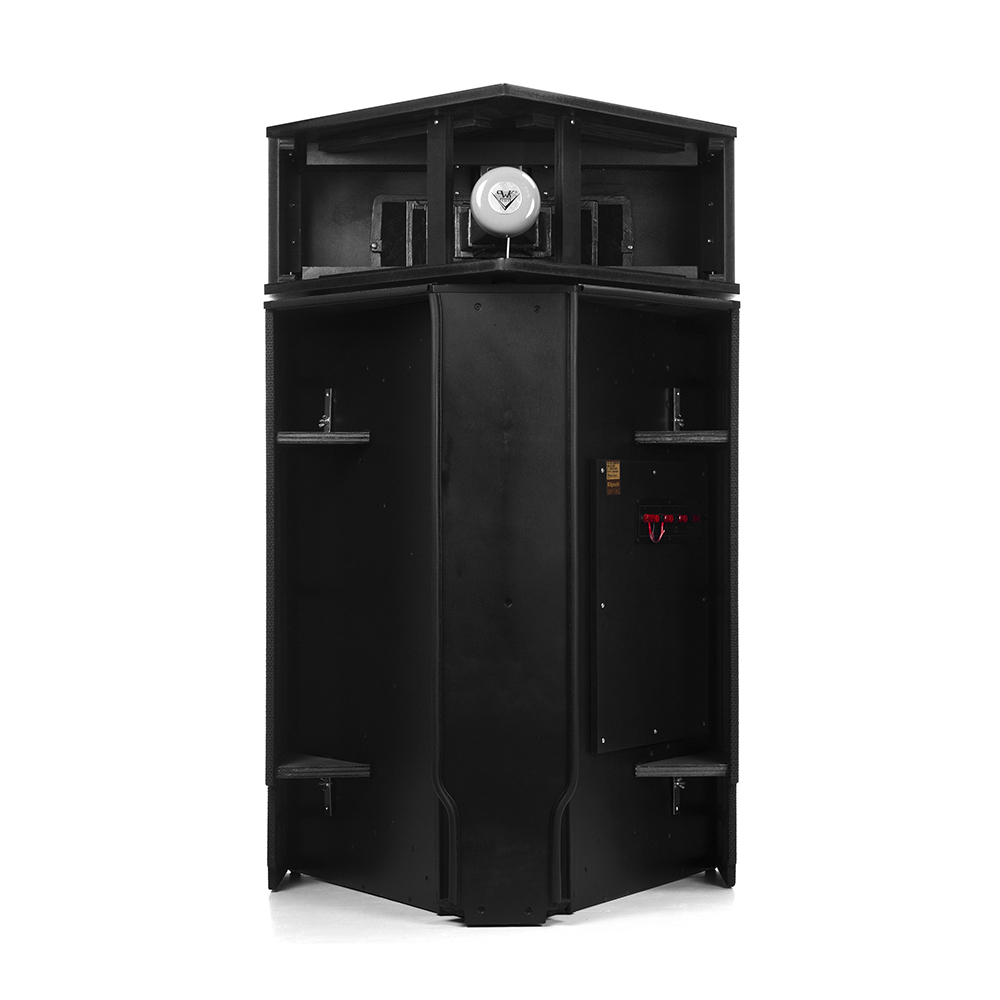
The construction remains unchanged
No wonder Klipschorn became so popular. There were not really any other speakers on the market back then that could convey music that way. But a lot has happened since 1946, and the question is how the construction has withstood the test of time. Today, after all, there are quite a few speakers that can both play insanely loud and also incredibly well at low volume. Wilson Audio, McIntosh, Piega and Focal are just some of the manufacturers that have large and capable reference quality speakers.
But Klipschorn is something in itself. It looks undeniably old-fashioned, almost prehistoric. Almost like an overgrown bird box with its veneer cabinets. The midrange and treble are housed in a separate, loosely corner-shaped chamber on top of the bass cabinet, which houses a 15-inch. It used to be made of paper, but is now a composite of fiber and plastic material to reduce distortion.
The connections are wonderfully old-fashioned with wires terminated with unpretentious sod. Almost as if there was talk of home construction. But that’s only until you turn on the music!
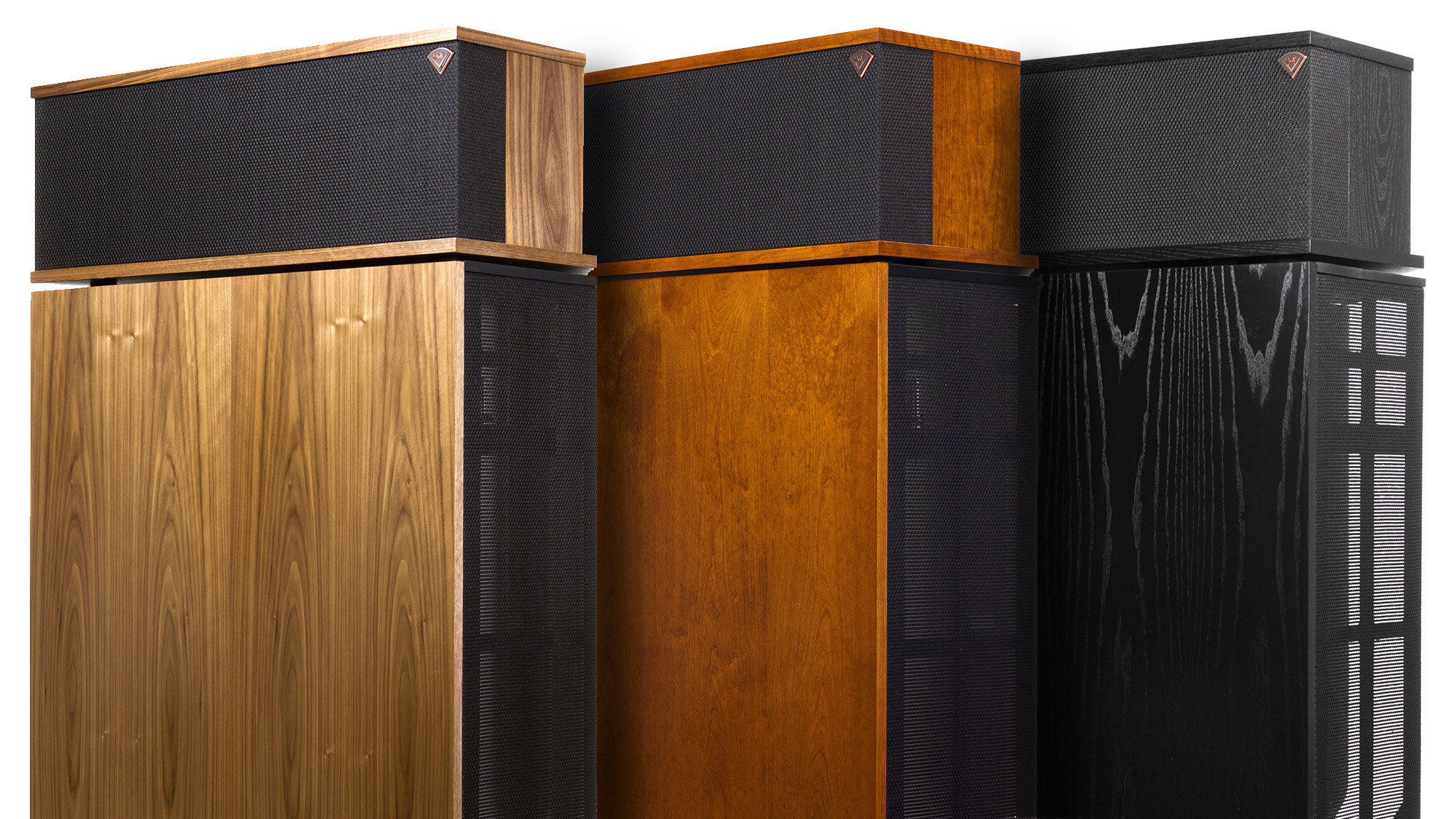
The sound of Klipschorn
I really wanted to try the extremely sensitive speakers – which in our case were in black ash – along with a simple amplifier. And we had Yamaha’s new WXA-50 inside at the same time, which is a modern streaming amplifier given to provide 2 x 55 watts in 8 ohms. On paper, it should be able to drive these speakers with a sound pressure of over 120 dB when sitting three meters away. It only costs 4,000 kroner and is thus completely “wrong” for the speakers, but the idea is that they should be able to be driven by pretty much anything.
With Tidal played wirelessly via AirPlay, we start quietly with Norwegian Moddi’s lovely cover album Unsongs, where he plays songs that over time have been banned by the authorities. And his version of Kate Bush’s “Army Dreamers” sounds sensitive, while the guitar and piano sound crisp and delicious.
You immediately notice that it is speakers that manage to fill a room with sound. Moddi’s voice stands out casually and beautifully in the room, while the instruments are placed nicely in width. The bass is full, at the same time as you get the feeling that something is lurking beneath the surface and just waiting to be set free. Like a V8 engine idling, ready to explode at any moment.
However, the cheap Yamaha amplifier fails to fulfill this promise. Because if you turn up the volume, it will admittedly be loud, but at the same time sounds so flat and lifeless that it is not particularly fat. Here you have to settle for cosiness level.
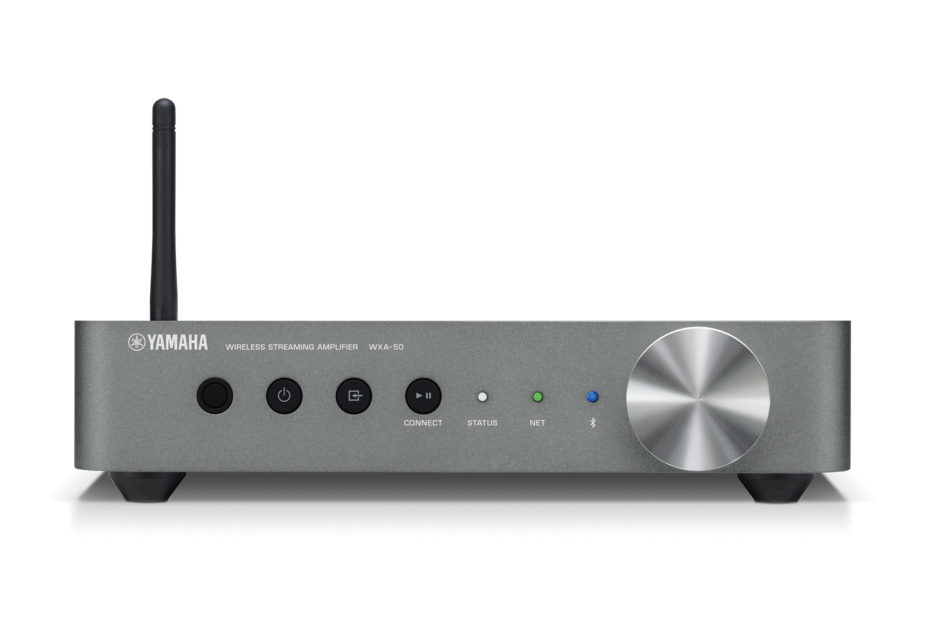
Low power
There is no doubt that the sensitive Klipschorn pulls the maximum out of the small amplifier. If you have a low-power amplifier and would like to fill the room with the largest possible sound image, then Klipschorn is definitely a way to go.
It brings to mind low-power but amazingly well-sounding single-ended tube amplifiers such as the Cary Audio CAD 300SEI (2 x 11 watts) and EAR 869 (2 x 15 watts). But conversely, it is not the kind of amplifiers that can get the true potential out of these speakers. At least not if you, like me, like to play loud.
If you like the sound of tubes, I would rather suggest a push-pull amplifier like the McIntosh MC 275R. Or Audio Research GSi75, if you really want to be able to screw up.
Let V8 be V8!
My first encounter with serious hi-fi was my dad’s JBL L112 in the 1980s and since then the giant Everest D55000, and ever since, I’ve been fond of speakers that can almost topple the walls. For the same reason, my first stereo for my own money was built around the Cerwin-Vega DC15 (hey, you have to start somewhere!).
When I then get a pair of large speakers with tremendous sensitivity onto the carpet, I have to plug in some serious power to see what they really can do. With the Hegel H30 of 2 x 330 watts in 8 ohms, that goat should be shaved. In theory, 130 dB of power is enough to make a louder sound than any rock concert you’ve ever been to. That’s the sound pressure from a fighter jet 250 meters away.
And then we were blown away! Even at normal listening level, there is an insane amount of control over the sound. It slams into guitar strings, vocals sound larger than houses, and the saxophone on PJ Harvey’s “Chain of Keys” sounds so raw, brutal and harsh that it propagates into the spinal cord.
The synth bass and big drum on the Scandinavian Noir number “The Sea” with ARY is a story in itself. The weight. The impact force. The electronic percussion beats come out faster than I have long heard. And contrary to popular belief, the vocals of Ariadne Loinsworth – as she is actually called – never sound sharp. Klipschorn reproduces it warmly and richly.
But after all, it’s a horn speaker, and the treble is not the most silky soft and super airy I’ve ever heard. The electrostatic panels on the MartinLogan Summit X and the diamond tweeter on the Bowers & Wilkins 803 D3 have a significantly more airy playing style.
And while Klipschorn has a very broad soundscape and can slam up a massive wall of oversized guitar, they do not give any particular impression of depth. In that respect, they are more reminiscent of the McIntosh XR200. But Klipschorn is even more raw and brutal.
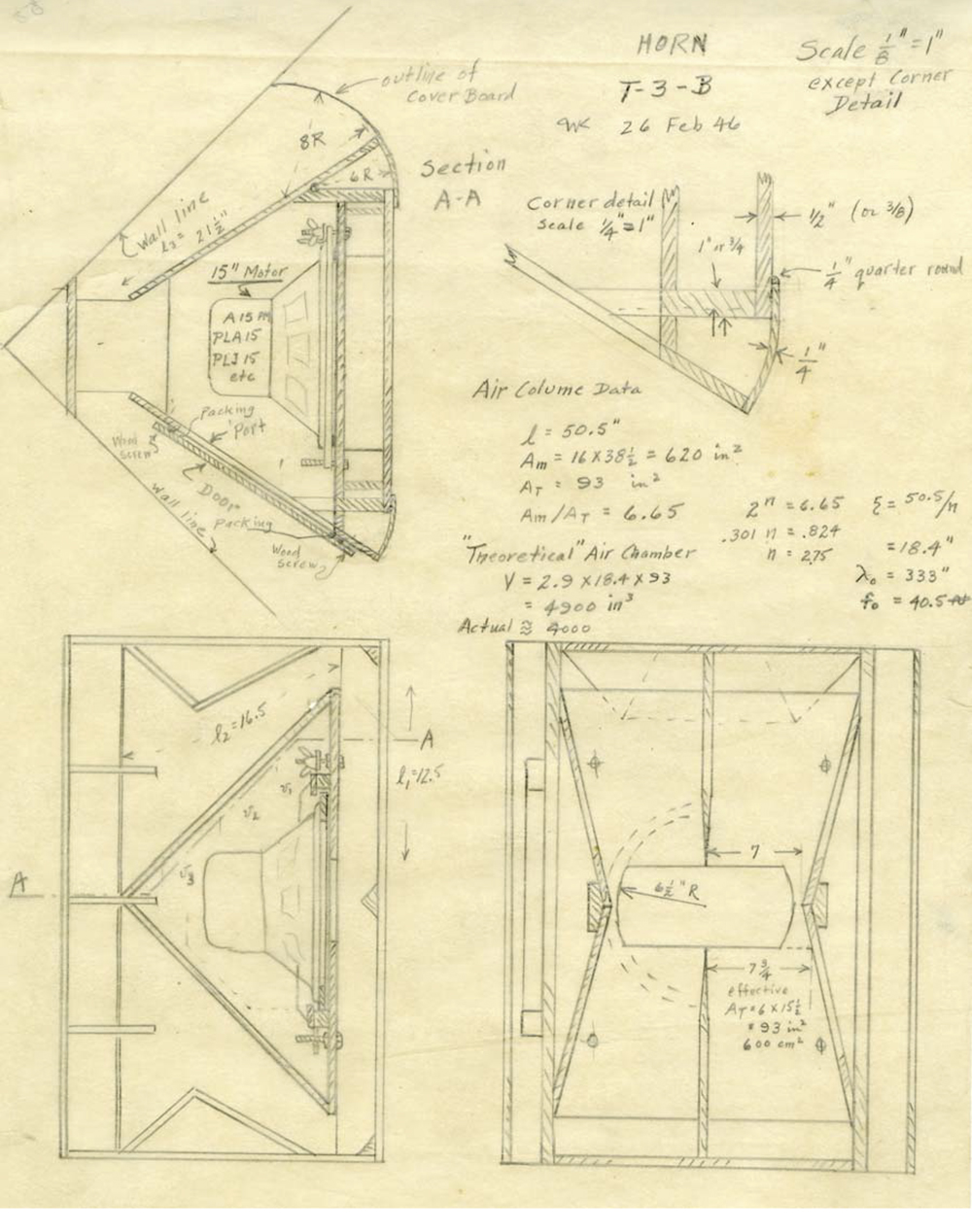
Massive sound image
Because it’s an insanely massive soundscape we get here. I dare not turn up the volume all the way to 120 dB, but pushed even far beyond levels that are long-term healthy, the speakers show no signs of exhaustion.
Rage Against the Machine’s “Know Your Enemy” (the original, not the remastered one from 2012!) Has a lot of pressure. The big drum and electric bass hit right into the bone marrow, while the speakers paint a wall of distorted guitar up when Tom Morello pushes it off. It’s been a long time since I’ve had such a great time at work!
Conclusion
That Klipschorn is a 74-year-old speaker model is easy to see. There is nothing about it that looks modern. The giant pentagonal cabinets look almost like overgrown bird boxes as they stand there in the corners. But if you think this means that the speakers can be dried by more modern constructions, then you have to think again.
Klipschorn plays loud, big, hard and brutal, and with sufficient amplifier power they can almost knock down the walls with a sound that is much fatter than the one you get for concerts. At the same time, they also manage to play low with conviction, and they never sound sharp, just big and massive.
However, they are not the most accurate analysis tool. For example, the bass sounds a bit colored, the cabinet resonates quite a bit, and the treble rolls off at the top earlier than on more “correct” competitors. But even simple acoustic music benefits from the extra life that Klipschorn adds. For more real “live sound” you have to look for a long time.
The speakers’ extreme sensitivity of 105 dB with 1 watt and the fact that you get 6 extra dB when corner placement, means that you can connect almost any amplifier. If you are a fan of tube amplifiers, you can safely choose Klipschorn – if you have the space. But know that the speakers only grow with the task: when they get even more power, you get even better control.
It’s rare that high-end has been so much fun. Life as a reviewer will be a little more boring from now on!
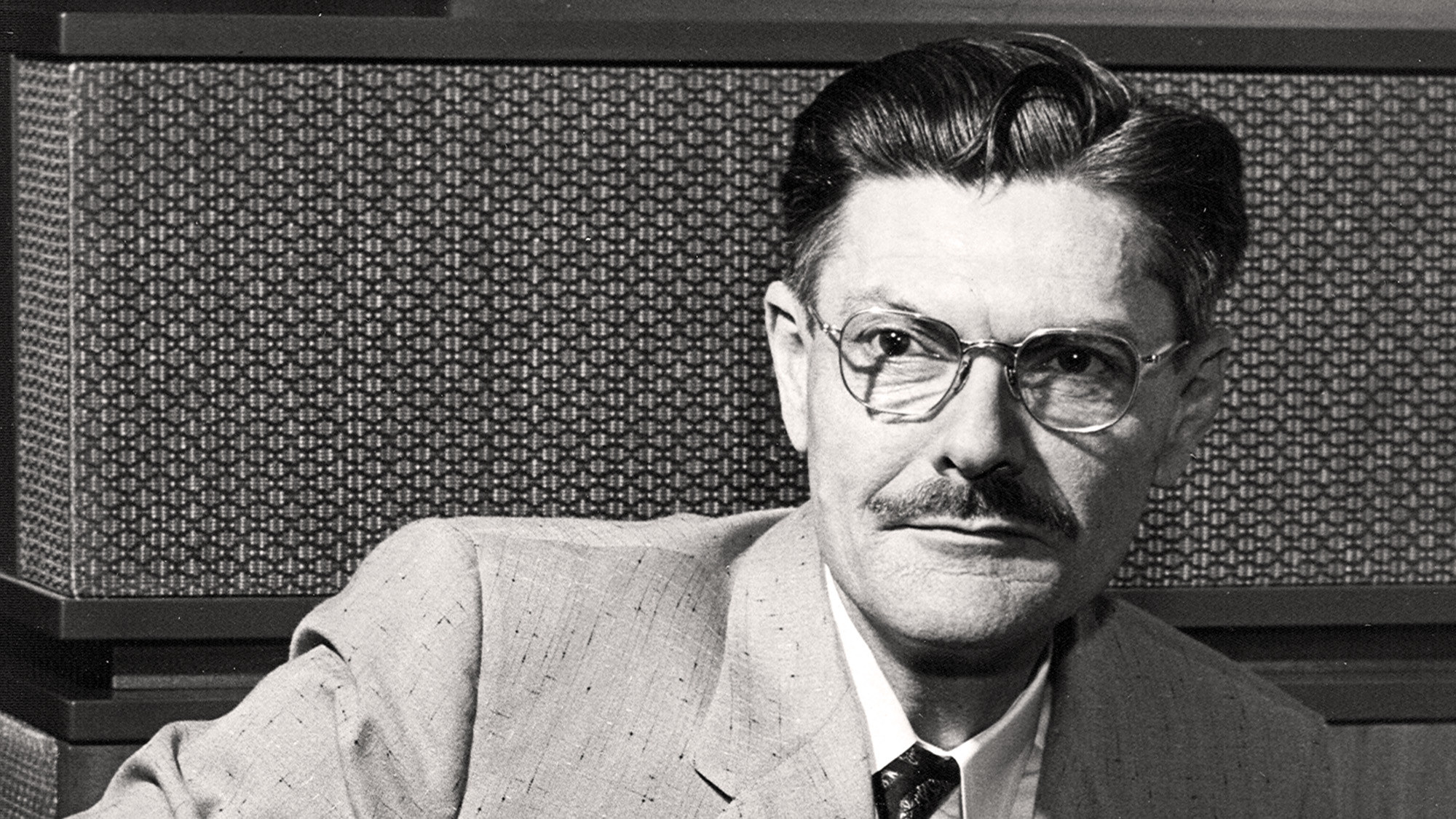

We think
Klipschorn can almost knock down the walls. All music is presented with a "live" playing style that surpasses most anything else. If you are looking for super resolution and analytical music reproduction, keep looking. These speakers are huge and violent!
17499 €
Specifications
- Principle: 3-way front loaded horn
- Frequency range: 33 Hz – 17 kHz
- Impedance: 8 ohms
- Sensitivity: 105 dB / 2.83 V
- Treble: 1 “horn loaded
- Midrange: 2 “horn loaded
- Bass: 15″ in folded corner horn
- Finish: Walnut, cherry, black ash
